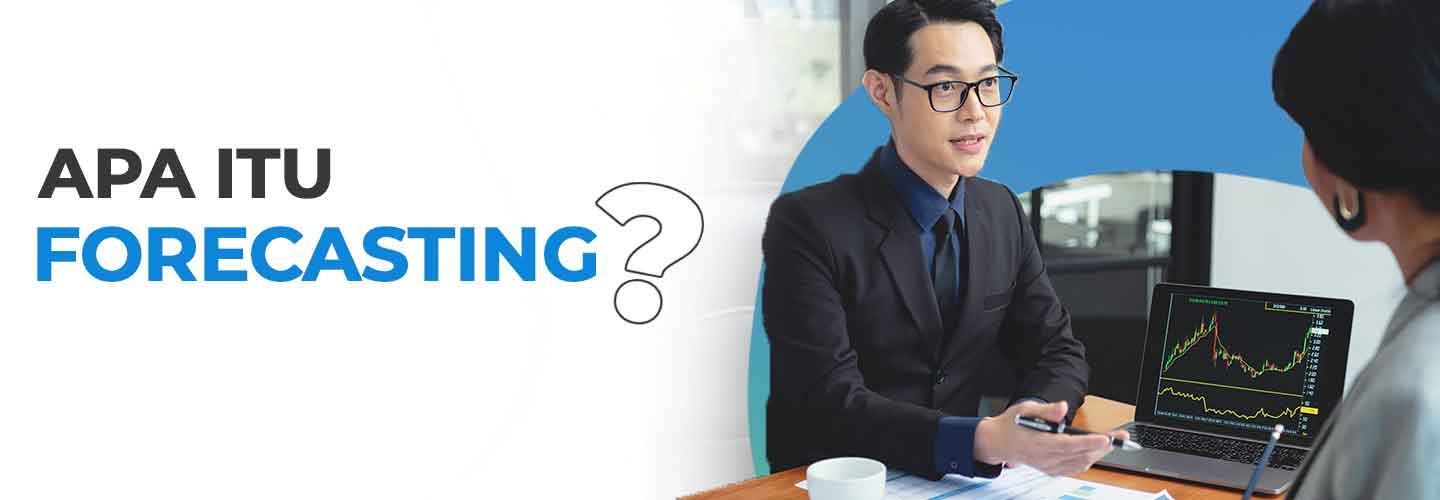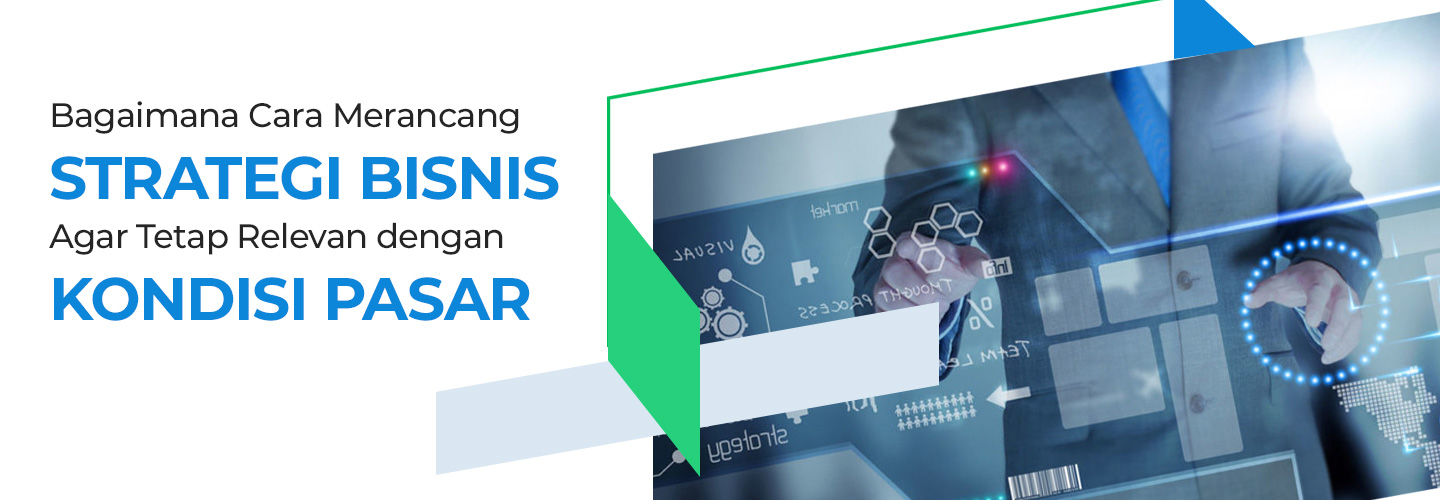What is Forecasting in Business? This is the method and goal

Have you ever wondered what forecasting is in the business world?
If you are running a business, making strategic decisions based on in-depth analysis and accurate predictions is very important. One tool that supports this process is forecasting.
Forecasting is not just predicting the future based on historical data; but also becomes the foundation for intelligent and adaptive planning in facing market dynamics.
This article will outline the importance of forecasting in a business context, revealing how this technique helps anticipate market changes, as well as supporting efficient resource allocation.
What is Forecasting?
Forecasting is a technique for predicting future events based on historical data and current conditions.
In the business world, forecasting is used to estimate sales, market demand, or economic indicators.
Companies use forecasting results to make decisions about hiring, expansion, and other business strategies.
Investors also use forecasting to analyze stocks, determine transaction timing, and identify market trends.
Although forecasting attempts to predict the future, it is important to remember that the results are not always 100% accurate.
Because, there are several unexpected factors such as sudden economic changes or natural disasters that affect forecasting results.
Forecasting Method
After knowing what forecasting is, also know the method for carrying it out. Actually, there are two main approaches used in forecasting, namely qualitative methods and quantitative methods.
Both of course have their respective advantages and disadvantages. The following is the explanation:
Qualitative Method
This method is subjective and based on the judgments and opinions of experts or consumers. Qualitative methods are used when no past data is available.
Some examples of qualitative methods include:
- Delphi Method: Asking a group of experts to provide their estimates anonymously and then averaging the results after several rounds of discussion.
- Market Research: Using surveys and interviews with consumers to predict future product demand.
- Scenario Analysis: Developing several plausible scenarios based on assumptions about future conditions.
The following are the advantages and weaknesses of qualitative methods:
Advantages:
- Flexible and able to adapt to changing conditions.
- Incorporate knowledge and experience that may not be captured in numerical data.
- Can handle unusual events.
Weaknesses:
- Subjective and prone to bias.
- Can ignore or underestimate certain factors.
- Focusing too much on recent events and ignoring long-term patterns.
Quantitative Methods
This method is objective and mathematical, which uses numerical data from the past to make predictions for the future.
This method is suitable for use when there is sufficient past data and the data pattern is expected to continue in the future.
Some examples of quantitative methods include:
1. Time Series Analysis:
This method analyzes historical data (such as sales figures) to find patterns or trends.
For example, if sales always increase during the holiday season, we can predict that sales will increase again this year.
2. Regression Analysis
Assess the relationship between the dependent variable and one or more independent variables.
For example, companies can use regression analysis to understand how advertising spending affects sales.
By understanding this relationship, companies can make better plans.
3. Econometric Models
This model combines economics, mathematics, and statistics to analyze economic data. For example, how changes in interest rates affect investments.
The following are the advantages and weaknesses of quantitative methods:
Advantages:
- Objective and reduces bias.
- Consistent and repeatable.
- Processing large amounts of data.
Weaknesses:
- Stiff and difficult to adapt to sudden changes.
- Cannot easily include qualitative factors or expert opinions.
- Requires sufficient historical data.
Forecasting Goals for Business
Forecasting in business is not just an ordinary prediction tool.
Rather, this technique is a strategic process for analyzing historical data to make smarter and more informed decisions.
In a business context, forecasting has several important objectives, including:
1. Helps in determining goals and business plans
One of the main benefits of forecasting is that it helps businesses set realistic and measurable goals based on in-depth analysis of historical and current data.
By having accurate data, businesses can evaluate what is considered success in terms of change, growth, or improvement.
2. Assist in preparing budgets
Forecasting also helps in budgeting by providing a clear picture of trends and changes that may occur in the market.
This allows businesses to allocate resources more efficiently, such as when it comes to products, services or marketing strategies.
3. Helps in Anticipating Changes in the Market
Forecasting helps businesses to anticipate changes in the market.
By understanding emerging trends and changing consumer behavior, companies can take proactive steps to adapt their strategies and remain competitive in a dynamic marketplace.
By utilizing forecasting effectively, companies can position themselves strategically to face uncertainty and take advantage of existing opportunities.
After reading the explanation above, hopefully you understand what forecasting is and its purpose for business.
Although forecasting has many benefits, it is important to remember that it is not an exact science.
Companies must always be ready to adapt to unexpected changes and regularly evaluate and update their forecasting models.
If you want to learn more about company management, we invite you to join the Supply Chain Management program from prasmul-eli.
This program is designed to provide the latest insights in SCM practices, such as the use of technology to improve operational efficiency and collaboration strategies in the business ecosystem.
Join the Supply Chain Management program now!

